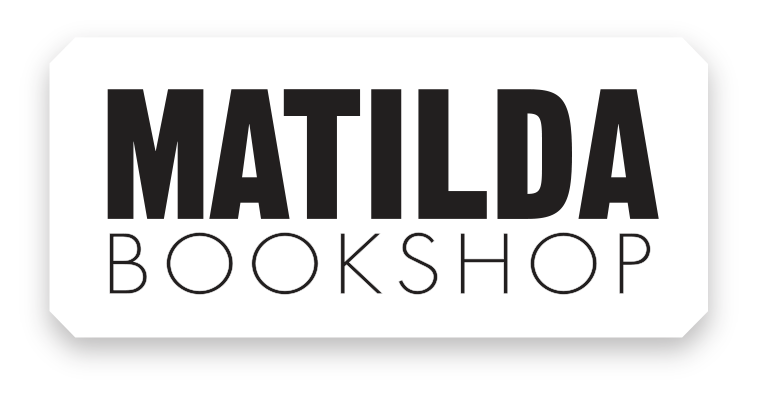
Pip Williams was born in London, grew up in Sydney, and now lives in the Adelaide Hills of South Australia with her family and an assortment of animals. She has spent most of her working life as a social researcher, studying what keeps us well and what helps us thrive, and she is the author of One Italian Summer, a memoir of her family’s travels in search of the good life, which was published by Affirm Press to wide acclaim. Her first novel, The Dictionary of Lost Words, based on her original research in the Oxford English Dictionary archives, was published in 2020 and became an international bestseller. The Bookbinder of Jericho is her second novel and again combines her talent for historical research and beautiful storytelling.
1.Why do you tell stories?
Curiosity sparks a question that I realise can only be explored by imagining myself into the life and time of a particular person. Essentially, I’m telling the story for myself and hoping that if I’m curious about it, others will be too.
2. Describe The Bookbinder of Jericho in one (or two) sentence(s).
At the outbreak of the great War, Peggy is working in the bindery of Oxford University Press. She longs to learn, to read, to access knowledge and perhaps make it. She dreams of being a student at Oxford University, but she left school at twelve and is told, over and over, that her job is to bind the books, not read them.
3. You write so beautifully about the magic of books, from libraries to the bindery to individual words, was this a world that you always intended to return to?
I wasn’t ready to leave Oxford at the end of The Dictionary of Lost Words, and I thought there was another story in the archives, wanting to be told. I began thinking about Peggy and the women who worked in the bindery of Oxford University Press, as I was writing the last words of my first novel. It was like a baton was passed, and I just continued writing. New characters introduced themselves and I loved how their stories unfolded.
4. Peggy’s relationship with her identical twin sister, Maude is a central part of the story. Can you introduce us to these characters, and why was representing a community of women, at this point in history, important to you?
I’m interested in how women support each other, and when war breaks out, this support is more important than ever. In WWI, communities were devastated by the loss of men to the war. Women were left behind to raise children and keep business, community and industry going. When the Spanish Flu swept through Europe, women became its foot soldiers. These stories are rarely told but they reflect the experience of women throughout history.
5. What role does knowledge play in this story and how do the characters navigate the barriers to accessing it?
Knowledge is a privilege that was only easily accessible to those with means. I was curious about how an intelligent and ambitious woman, from a working-class background, might pursue her dream of learning. I put her in the bindery of Oxford University Press where she would have all the knowledge in the world at her fingertips but be forbidden to read it.
6. The novel is structured around five key texts in the process of being bound and incorporates references to a number of others. How did you decide which books to include?
I came across these books in the process of reading and searching the archives. I didn’t go in search of them, I just noticed something interesting about them and was struck by how they resonated with the story I was telling. In this way, I feel I discovered them in the course of my work as Peggy discovers them in the course of hers.
7. What was something surprising you learned while researching this novel, or what was something surprising you discovered about the bookbinding process?
I was initially surprised by how gendered the bookbinding process was. At OUP there was very strict rules about who could do what work and women were not permitted to do anything other than work on the ‘Girls’ side of the bindery. They folded, gathered and sewed the books – work that became invisible once the men had glued, cased and covered the book with cloth or leather.
8. When and where do you write?
I write every day in one of the many wonderful cafes in the Adelaide Hills. I love the sense of community and the low-level hum. These days, cafes are full of people working, and when my head is down and my fingers are tripping over the keyboard, everyone is very respectful of the process.
9. What are three things that sustain you as an author, or while you’re writing?
Coffee, long walks at the Laratinga Wetlands, reading.
10. Name three books that you couldn’t live without.
My shelves are laden with extraordinary books and I couldn’t choose just three, so I will say: my journal; a dictionary; the book I’m working on, whatever that may be, because writing is my happy place.
Bonus Question:
What books are on your to be read pile?
The Bell Jar, by Silvia Plath
Small Things Like These, by Claire Keegan
Liberation Day, by George Saunders
On Earth We’re Briefly Gorgeous, by Ocean Vuong
The Guest Cat, by Takashi Hiraide


